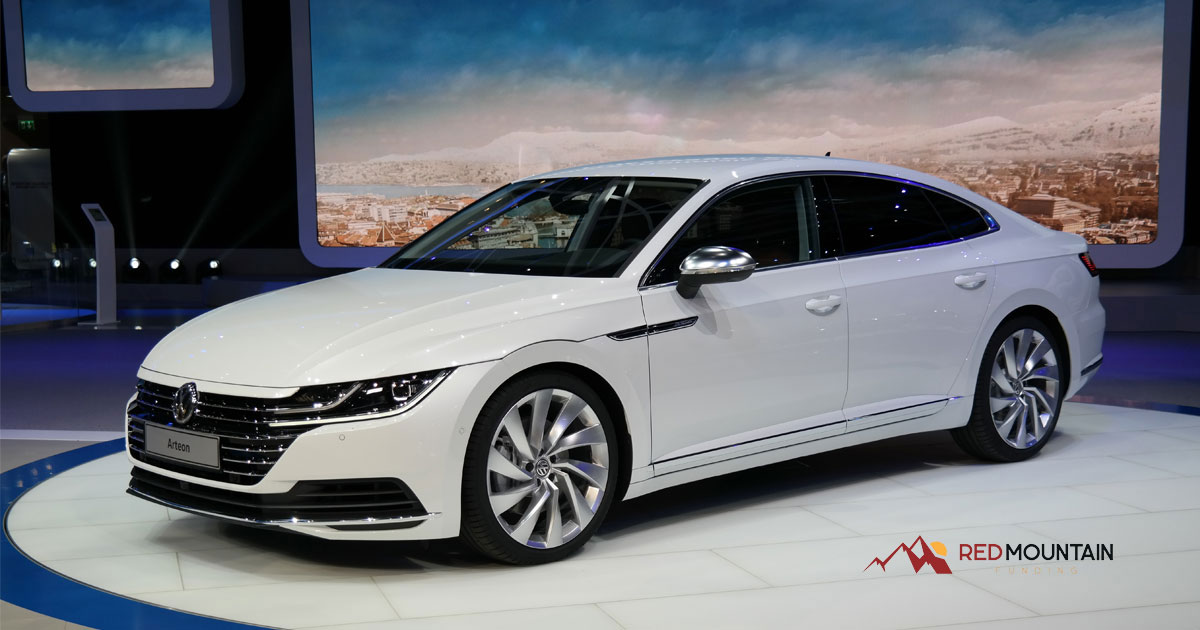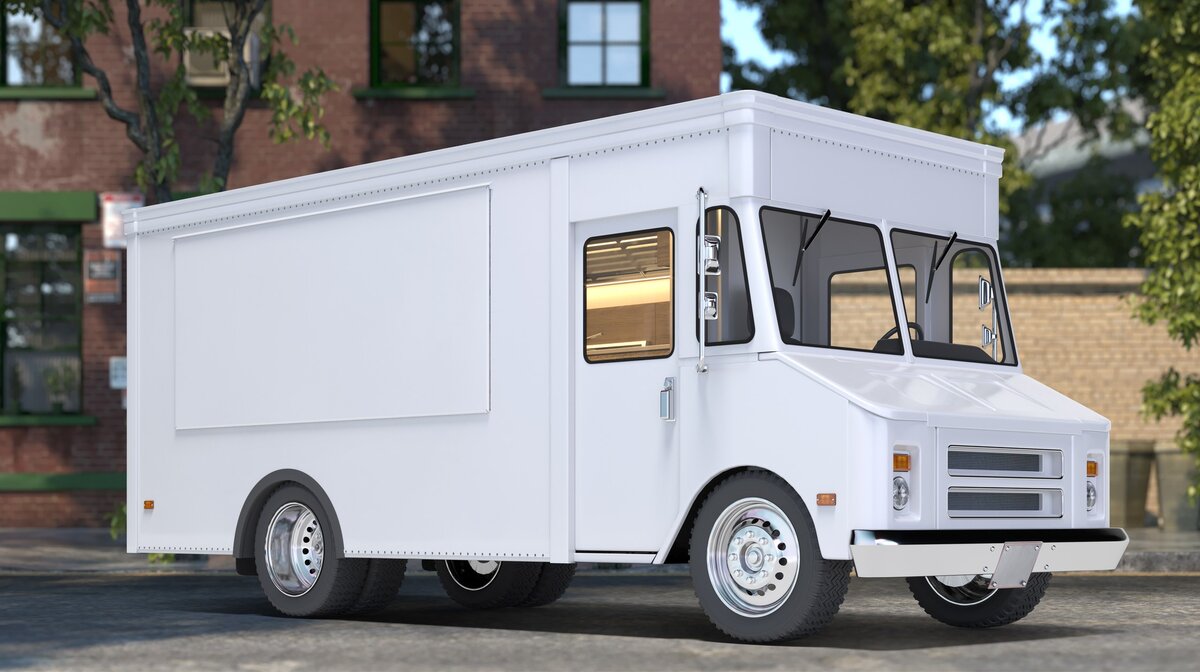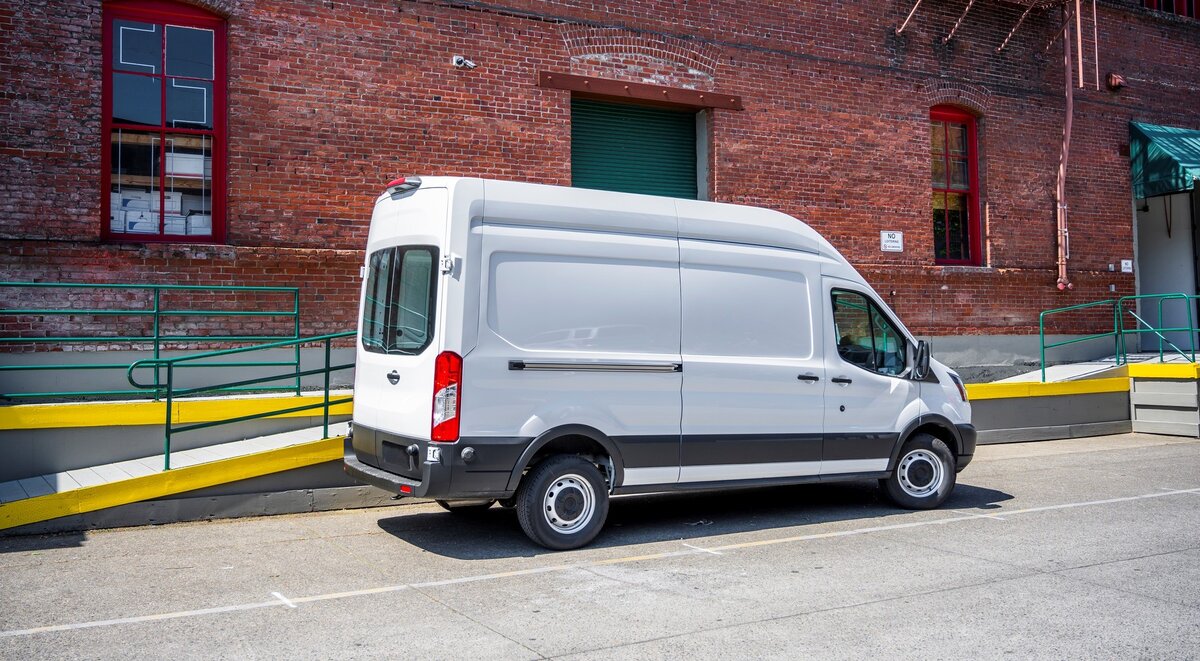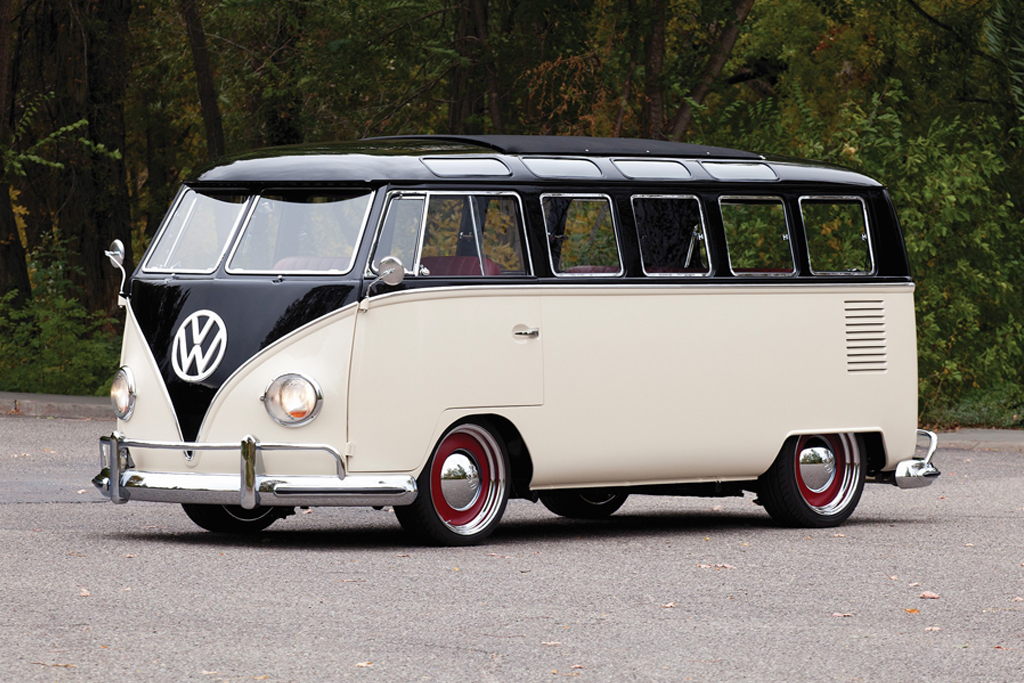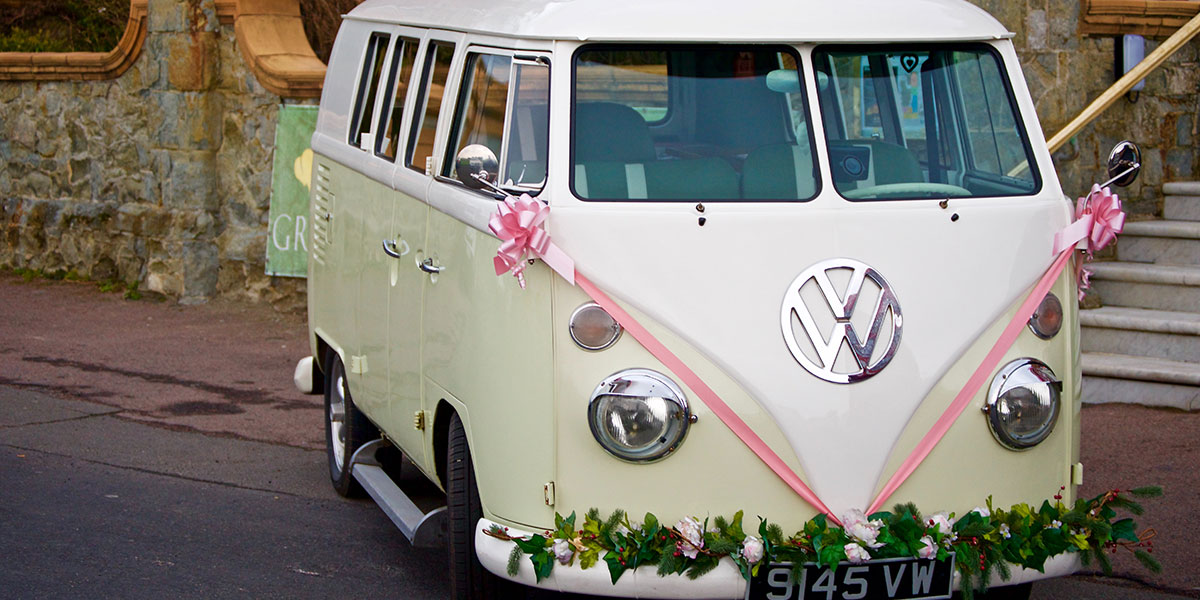Image Source: Norbert Aepli, Switzerland, CC BY 4.0, via Wikimedia Commons
It’s a bird! No, it’s a plane! No, it’s a sleek, aerodynamic, cobalt blue frame of a car flying down the highway, complete with rims that look like ninja throwing stars that would make Shredder blush. It’s the VW Arteon!
Sounds incredible right? Well, as it turns out, not exactly. Like Superman, it may seem like the Arteon has appeal because of the shiny wondrous exterior. Ultimately, however, it’s a forgotten treasure that people somehow overlooked.
In the first two years on the market, Volkswagen sold a mere 6,000 Arteons, which was just barely enough to keep it from being a total failure. You would be hard-pressed though to find an automobile from a major car company that did this badly. If this still isn’t ringing any bells, to put it in another context, the VW Arteon narrowly outsold the e-Golf, which was discontinued in 2019.
One has to wonder, though, exactly why the Arteon is such an automotive dud. The car looks amazing and performs just as well. The only conclusion one can draw is that it is the hefty price tag.
What Is the VW Arteon?
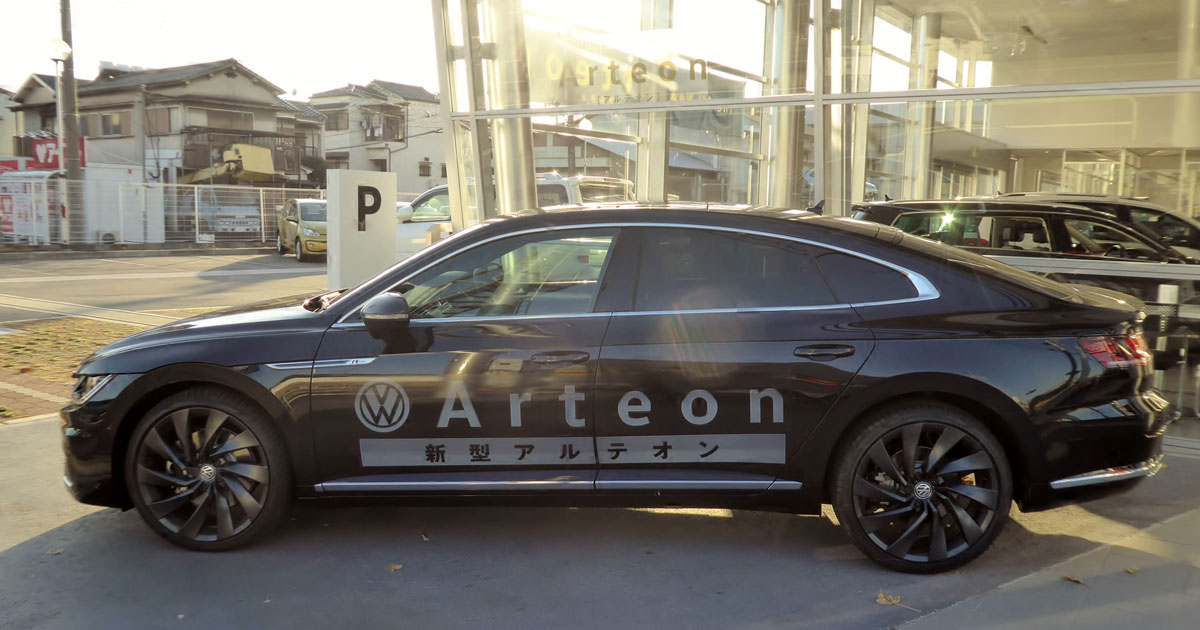
Tokumeigakarinoaoshima, CC BY-SA 4.0, via Wikimedia Commons
The Arteon is VW’s answer to an upmarket mid-size car. In terms of other similar cars, it performs a little better than the Passat with nearly a 100 horsepower advantage. The Arteon came out in 2019 as a means to replace the VW CC Sedan. In 2021, a slightly modified version of the Arteon was released as an attempt to boost the model, but it seemed like the last gasps of a dying animal. In the U.S., VW tried to release this modified version, as more appealing-looking for the American consumer and to make the inside controls completely digital.
The Arteon’s Roots: the Volkswagen CC
Another Volkswagen, the CC, is responsible for Arteon’s creation. VW’s effort to cash in on the late-2000s four-door fad was that automobile — for little money, and a choppy style at that. The CC was inspired by the Passat and was even known as the Passat CC for a period before being renamed simply CC, which stands for “Comfort Coupe.” It was stylish, having a low roofline and streamlined style. However, you will pay a price in terms of internal space, particularly head and leg room.
The CC was available in the United States with two engine options: a standard 2.0-liter quad-cylinder with 200 horsepower or a 3.6 version of VW’s VR6 engine with horsepower that goes up to 276. The basic engine was available with a manual transmission, while the V6 was only available with an automatic transmission. Full wheel drive with 4Motion was a premium choice.

Photo by Andrea De Santis on Unsplash
The Advent of the Arteon
In 2017, VW unveiled the Arteon as the CC’s immediate replacement. While the style is attractive, it has a lot of similarities to the next-generation CC. VW, on the other hand, wanted people to know that the Arteon was geared as a higher-end vehicle compared to the CC.
VW even made a shooting brake version for Europe, which is just stunning. Unfortunately, only the basic liftback sedan is available in the United States. The Arteon arrived in the United States in 2019, and sales have been poor, to say the least. In its first year, VW only sold 2,449 in the United States. In 2020, just barely 3,600 units were sold. Last year, a mere 1,099 were sold. This year’s start appears to be even wors.
In the first quarter of 2022, VW sold only 47 Arteons, a 96 percent drop from the same period the previous year. That’s one of the worst sales declines of any model ever seen. Due to pathetic sales, the Arteon is already phased out in the Great White North. And, while the Arteon has recently received a boost in power, it may not be enough to preserve it. It likely won’t be long until it’s dropped from the roster in the United States.
Why Is the VW Arteon Worth the Money Over Other Similar Cars?
It seems it has been difficult for VW to relay the message to consumers via advertising that the Arteon is worth spending a few extra dollars on over other remarkably similar cars such as the Passat. By VW norms, the Arteon is regal and luxurious, and there it would be hard to dispute that there is a better-looking VW that is both comfy and practically functional. However, VW’s downfall when it comes to the Arteon, is that selling anything other than hatchbacks and pick-up trucks to families is nearly impossible unless the right marketing is deployed.
A major issue with the VW Arteon isn’t in the design, as you might imagine. Far from it. Actually, for the new model, VW is putting in a dual-clutch transmission with more than 300 horsepower and a shooting brake. Layer on top of this the very elegant appearance of the car and surely design isn’t the issue. No, the issue is that these upgrades are only happening for the European market, meaning there’s little hope that the car’s sales will increase stateside
What’s the VW Arteon Driving Experience Like?
By any standards, the Arteon is a solid and reliable vehicle. Sure, it isn’t specially made for the track and isn’t especially fast or accurate around bends. It is, however, a stable vehicle that you can count on. Even with twenty-inch rims, the adaptive dampers lessen the ride bump and keep the drive more pleasant. With the four-motion all-wheel drive, you can easily drive over harsh conditions such as mud and snow.
The main issue with the Arteon’s driving is its lack of athleticism. Consumers don’t necessarily need a sporty car. Still, when they spend an exorbitant amount on a vehicle such as the Arteon, an athletic car is surely something consumers want, and even expect.
What Does the Arteon Look Like on the Inside?
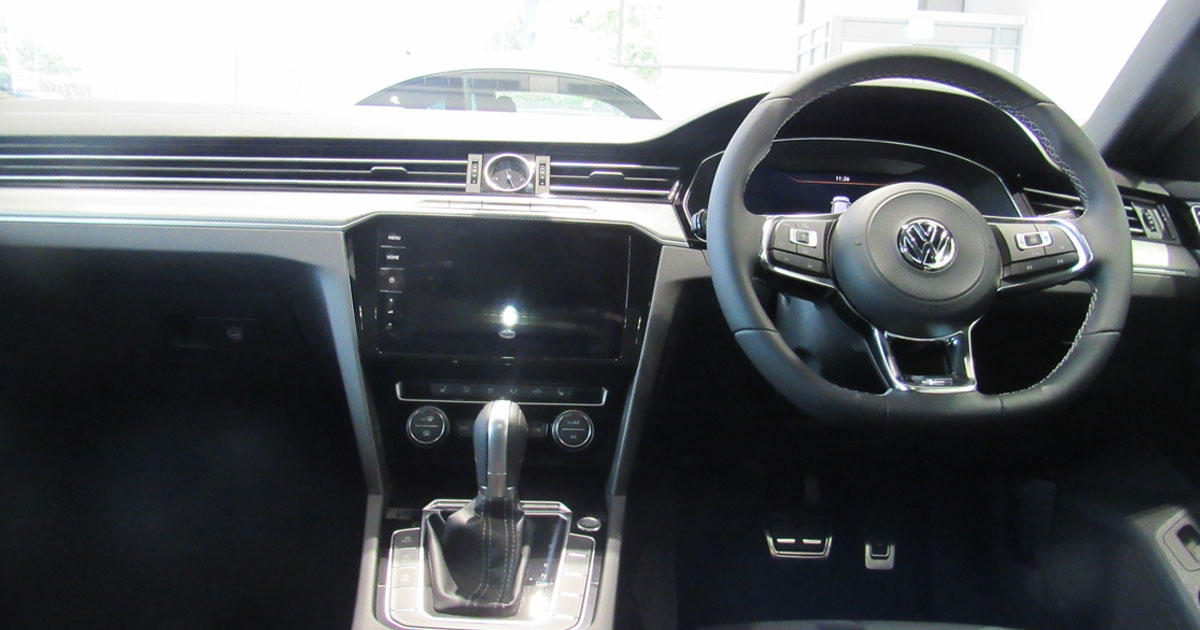
Vauxford, CC BY-SA 4.0, via Wikimedia Commons
Say what you will about the speed or turn performance, VW has done an excellent job with the interior of the Arteon. The stale post-Diesel gate interior is long gone and has been upgraded, to say the least. Most would agree, even the die-hard VW fans, that the company waited a little too long before upgrading from the post-Diesel gate interior. The Arteon feels a notch ahead of usual Volkswagens due in part to the warm ambient lighting. Another reason it’s a cut above typical Volkswagens is the digital cockpit — this makes a tremendous difference!
By far the nicest thing about the inside of the Arteon is its size. The trunk is already enormous. If it’s not big enough, the folding seats provide a cross-over-like load of space.
The Price of an Arteon
Unless you live in Beverly Hills or the equivalent, the Arteon is anything but cheap. The standard retail price is around $40,750. To put this in perspective, that’s also the same price as a fully equipped GTI Autobahn trim. And if you buy the premium Arteon with the four-motion AWD, it can run up to nearly $50,000. At these prices, they might have to change the name from Volkswagen to ‘The New Tesla.’
If you’re set on a sedan, a well-equipped Kia Stinger GT or Acura TLX might be sportier at that price point. Are you more practical? For considerably less, you can have a Hyundai Sonata with N-Line performance or a more fuel-efficient hybrid variant.
Alternatively, as most avid consumers out there know, a more opulent vehicle with similar performance, the Audi A4 is around the same price as the Arteon. The Audi also comes equipped with an all-wheel drive. Given this disparity, it’s easy to understand why VW might not sell as many of these beautiful cars as we’d like.
New Features for the 2022 Arteon
Volkswagen has improved the turbocharged engine in the Arteon for 2022 and married it with a new gearbox. Its 2.0-liter four-cylinder engine now produces 300 horsepower (32 extra horses) and torque of 295 pound-feet (up 37). The traditional eight-speed automatic has been replaced by a seven-speed dual-clutch automatic.
The starting price of the Arteon has been raised by $3,000 to compensate for the newly adopted R-Line aesthetic option, which includes 18-inch wheels, sensors in the front and back, and device charging that’s wireless as standard on the entry-level SE grade. Drive that is all-wheel is now standard on the SEL R-Line, and a 20-inch metallic wheelset is now available as an option.
Engine and Performance
A 300-hp turbocharged 2.0-liter engine paired to seven-speed double-clutch automated gearbox power the Arteon. Front-wheel drive is normal on the SEL and SEL Premium, however, all-wheel drive is optional on the SE. The Arteon comes standard with 18-, 19-, or 20-inch wheels, depending on the trim level. Standard adaptive suspension dampers adjust to your driving style automatically or may be manually adjusted to Comfort, Normal, or Sport.
Ride
The ride is smooth and controlled regardless of the setting. The precise driving and good handling are reminiscent of the 10 Best-winning Golf GTI, but this huge VW is anything but a sports sedan.
Gas Mileage
The Arteon’s fuel efficiency estimations for 2022 have yet to be provided by Volkswagen. The engine is expected to have a higher power output and newly adopted gearbox to affect the stats from last year’s model, which were rated at up to 22 mpg city and 32 mpg highway. We can evaluate its real-world mpg once it’s tested on a highway fuel-economy route, which is part of the most rigorous testing programs. Visit the EPA’s website for additional information on the Arteon’s fuel efficiency.
Financing for the Arteon — Or Any Vehicle You Choose
Interested in purchasing the Arteon for yourself? Red Mountain Funding has the financing options you need for whatever vehicle you’re interested in. Contact us today to get started.
I’m a kid at heart disguised as an auto researcher and business owner. I’ve always enjoyed providing insight in the form of reviews (anime, video games, autos, etc.) When I’m not researching, I’m spending time with my family, driving my Dodge Challenger, riding my motorcycle, and finding new entrepreneurial pursuits.
